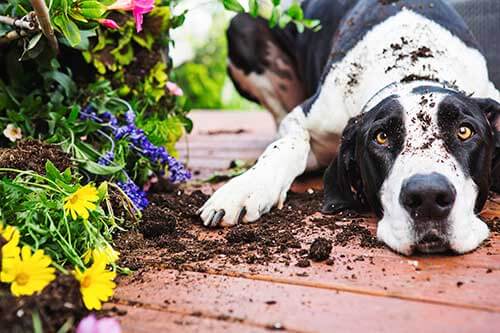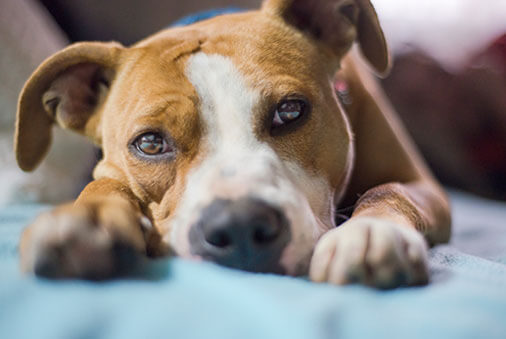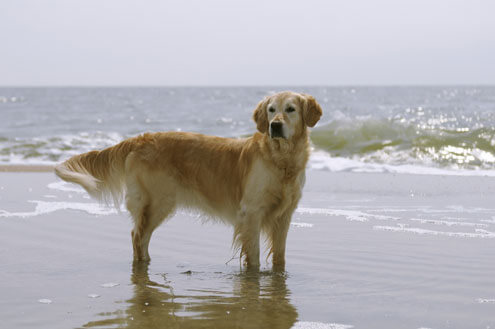“Sit!” is one of the first commands we teach our dogs. When your pup sits, it’s usually taken as a sign that he’s listening well or that he’s calm. There are other instances of sitting that may mean your pal is feeling uneasy. Here’s how to decipher them.
The “I’m sitting up straight” sit.
The “straight sit” — when your dog’s spine is upright and his rear legs are tucked under his hips, close to the body — is the sit you should teach to your puppy to prevent back pain. Read up on how to teach your dog to sit.
The “I’m too scared to move” sit.
People often praise a “good” dog for sitting because he seems to be in a peaceful repose. New Pet Parents can easily mistake stillness for calmness, but their dog might actually be frozen with fear.
How to tell: Watch your dog’s eyes. If you can see the whites of his eyes (also known as “whale eye”), it’s a good indication he’s scared or nervous.
The “I’m feeling insecure” sit.
When your pal comes over and sits on your feet or leans against your legs, that can be a sign he’s feeling nervous and is looking for reassurance.
There are occasions when sitting on your feet can be a request for a pat or your pal trying to “claim” you as part of his pack. Pay attention to your pup’s body language to see how he’s feeling.
How to tell: Watch for flattened ears, lip-licking, and yawning — these are all tell-tale signs of anxiety.
The “I might be in pain” sit.
If your pup starts sitting in a strange position that’s out of the ordinary, pay attention: It could be a sign that he’s uncomfortable. This could include what’s called a “puppy sit.” When your pal is young, he may sit with his back legs kicked out to the side. But if older dogs start sitting this way consistently, it could potentially point toward problems with hips, joints, or even anal glands.
How to tell: Watch for sudden changes and sitting in odd positions. Have your pup checked out at the veterinarian to see if there is a problem.
Next time your best buddy sits, you’ll know what he’s trying to communicate, without saying a word!




